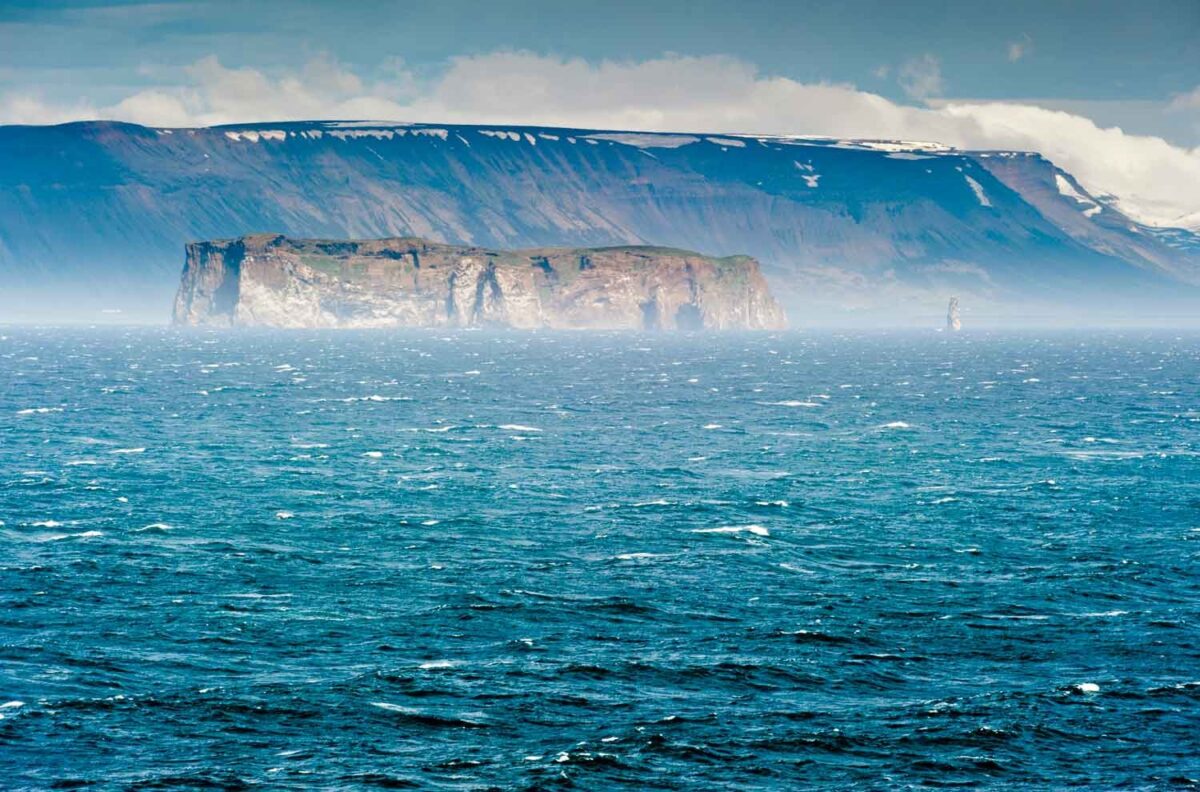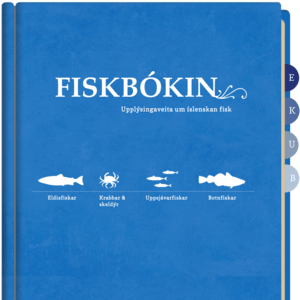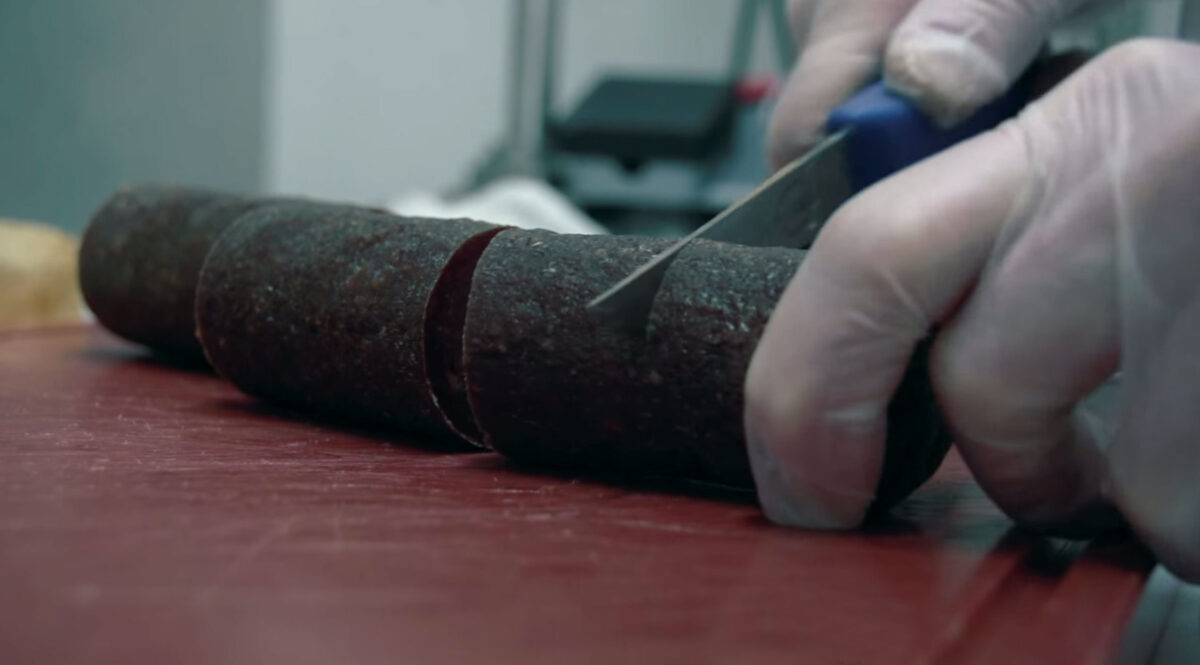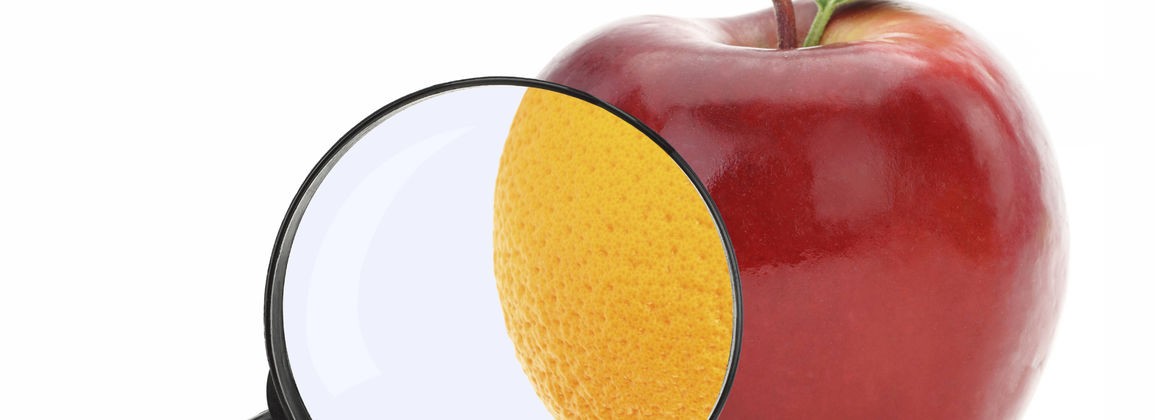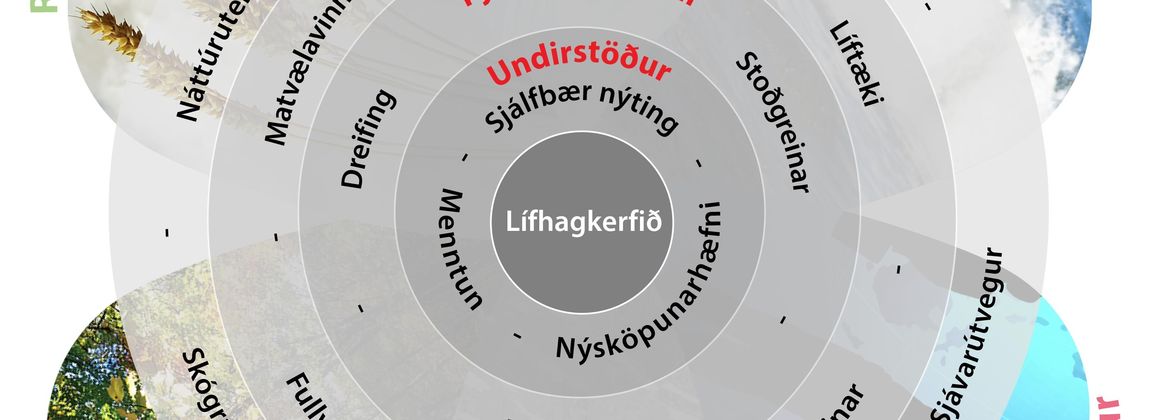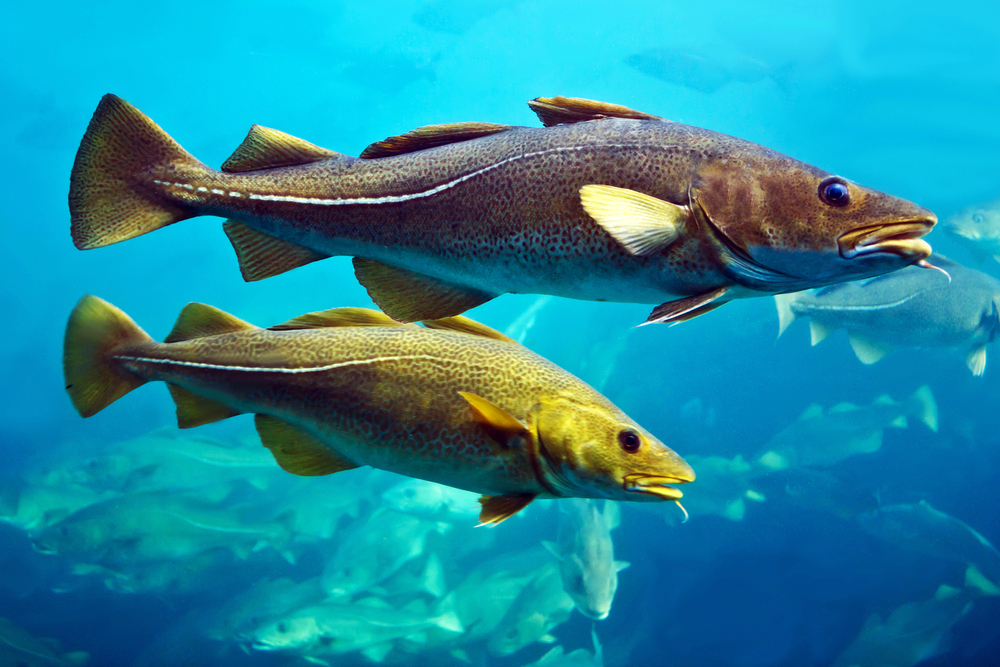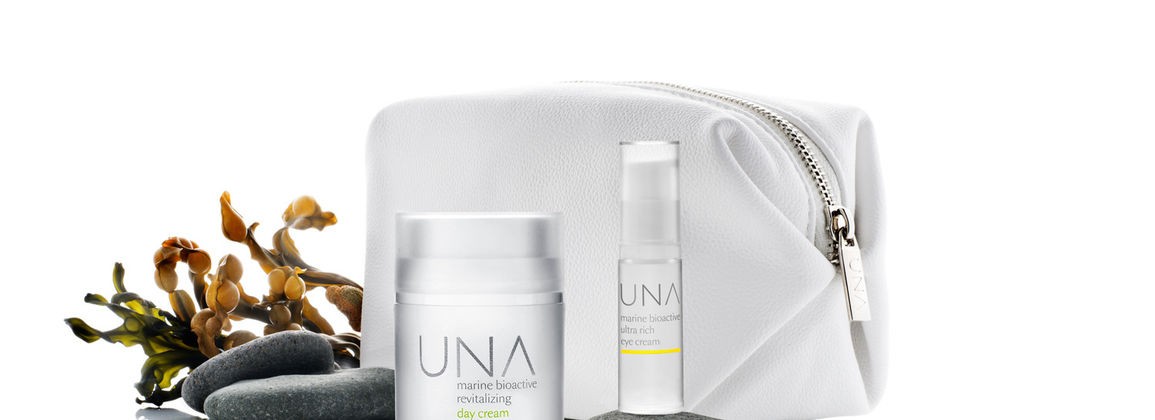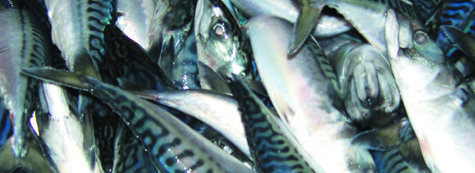When food is inspected in the store, most people are wondering, for example, price, quality or health, we take it for granted that the product meets all the requirements for health and safety and it should not be food on offer in a store that is not perfectly fine.
We do not think much about how the health and safety of food is ensured, we do not often think about official regulators or research institutes, we just assume that someone will take care of this for us. And so it is to a large extent, Matís measures and monitors unwanted substances in food samples and the environment, and we can trust that we are working with integrity.
What may seem like a no-brainer today has not always been so successful. Various advances have shaped society, people's daily lives and challenges. For an island nation surrounded by viable seas, it is important to nurture the environment so that the resources can be utilized here as hitherto.
Most of the seafood is exported and sold to raise money for the community. For Icelanders, it is important to utilize the resources responsibly. Matís serves the entire food value chain with ambition, with an emphasis on key aspects of the value chain, including product development, with an emphasis on quality and stability, professionalism in handling and, last but not least, food safety.
In Iceland, there are an increasing number of powerful companies serving the domestic market with the production of professional safe food. Things usually go well thanks to tireless development.
Whether it's something bad or when working on innovations, Matís's experts are more often than not contacted. In this light, Matís collaborates in a variety of ways with either those who produce food, process food or those who serve those who do so. Matís has had good relations with consumers and companies.
Matís has worked on the development of the bioeconomy, either in the development of production processes that have brought billions to the national economy or with the support of entrepreneurs at the beginning of their operations and innovation.
The development of the Icelandic food industry would be insignificant if the precondition for value creation was not secure, security is a key factor in sound trade and monitoring is thus an important factor in food trade.
Monitoring involves the continuous collection of data on pollutants in food and the environment. Systematic data collection allows us to predict how the concentration of pollutants in specific areas has evolved and changed over time. Data of this kind are necessary in order to be able to demonstrate the safety of Icelandic food, protect its image and ensure the export income of Icelandic products. The data is also an important part of the Icelandic government's ability to meet its obligations and agreements with other countries regarding environmental pollution.
Matís has monitored undesirable substances in marine products, but it is necessary to regard such monitoring as a long-term project where monitoring and review of control factors, such as which seafood and substances are measured at any given time, is necessary. The main uses of the sea were monitored and between 60-90 undesirable substances were studied. These included dioxins and dioxin-like PCBs, but other PCBs, pesticides, heavy metals and PAHs were also measured. If there was a reason, a certain emphasis was added, for example new pollutants that little or nothing is known about in the Icelandic environment. The monitoring project provided the necessary information on the amount of undesirable substances in Icelandic seafood that can be used, among other things, to assess with scientific methods whether undesirable substances in Icelandic seafood are in accordance with food safety regulations and provide the Icelandic government, Icelandic seafood producers, markets and consumers scientific data on the safety of marine products. The results of the monitoring have been useful to seafood exporters, fisheries companies, regulators and others to show buyers of Icelandic seafood the status of Icelandic seafood in terms of safety and health.
Matís is therefore indirectly involved in ensuring the market access of Icelandic food or, as we like to look at ourselves: Matís - we're behind the scenes!
For more information Arnljótur Bjarki Bergsson and dr. Hrönn Ólína Jörundsdóttir at Matís.
This article first appears in Bændablaðið.

